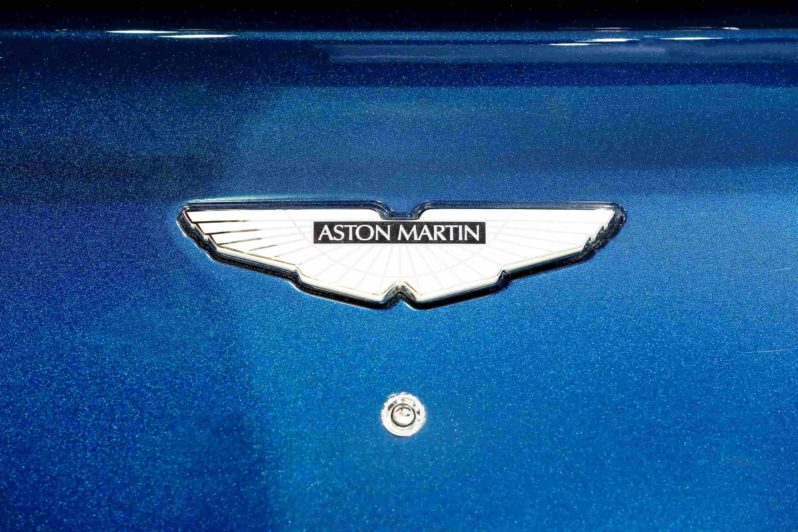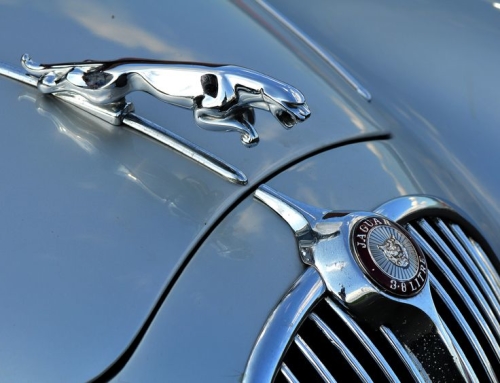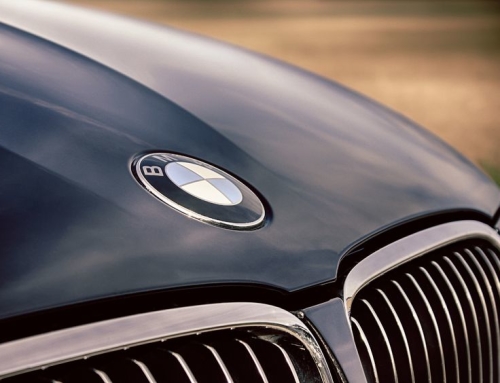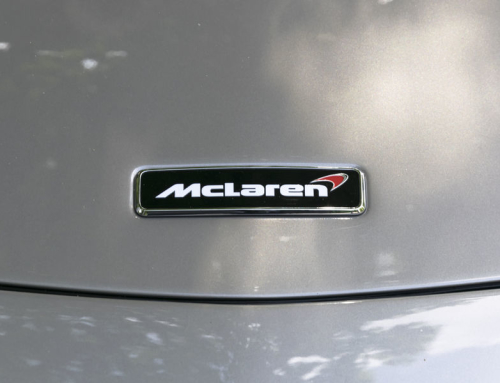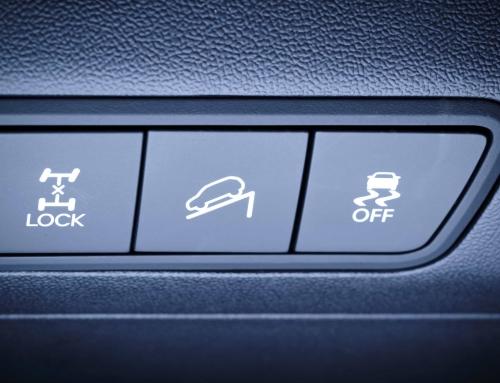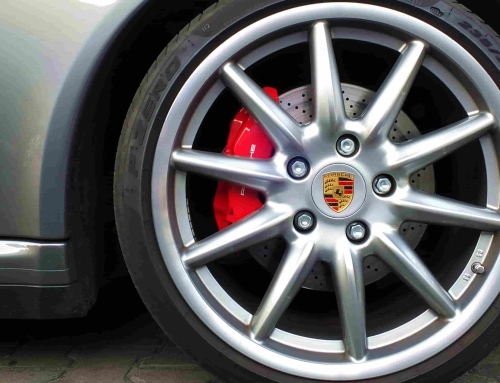When you hear the name Aston Martin, images of luxury, class, elegance, and maybe even an old-school James Bond and British royalty probably come to mind. This brand is known for all of these things and more, and is one that has an interesting background full of success and fame, but most of all, of creating reliable and luxurious cars.
Aston Martin was founded in 1913 by two car gurus who already had experience selling cars. Lionel Martin and Robert Bamford, the company’s founders, sold Singer cars in London under the business name Bamford & Martin LTD.
While the name Aston Martin is now synonymous with success, it wasn’t always that way. In fact, the company experienced several false starts due to two world wars, funding issues and bankruptcy.
The First Aston Martin Car and World War I
Martin was a car enthusiast and had raced cars at Aston Hill, which inspired him to build his own car. He made over a 1908 Isotta-Fraschini by adding a four-cylinder Coventry Simplex engine to it, making it the first car to be called “Aston Martin.”
By 1915, Martin and Bamford had created business headquarters in Kensington and created their first car. However, the company wasn’t able to start producing it immediately because World War I had started. So, all of the business’ machinery was sold and both founders joined the war effort. Martin joined the Admiralty and Bamford joined the Royal Army Service Corps.
Company Relaunch and World Speed & Endurance Records
When Martin and Bamford returned from service and the war ended, they moved their business to a new location in Kensington and relaunched their company. They designed a new Aston Martin car to revitalise their dream and business plans.
While Bamford left the company in 1920, it was able to continue to operate due to funding from Count Louis Zborowski, a race car drive and automobile engineer.
A major company landmark came in 1922 when one of Bamford & Martin’s cars competing in the French Grand Prix at Brooklands set world speed and endurance records.
Bankruptcy, Factory Closure and Another Revitalisation
Aston Martin went bankrupt in 1924, so Lady Charnwood bought the company and her son, John Benson, began serving on the board.
Unfortunately, only a year later, in 1925, the business hit rock bottom again, the factory was closed and Martin left the company. In less than a decade, both founding partners had left the organisation.
But, later that year, Bill Renwick, Augustus (Bert) Bertelli, and investors including Lady Charnwood, picked up the company and renamed it Aston Martin Motors and moved it to Feltham.
Both Renwick and Bertelli were experienced in the auto industry and had invented the Buzzbox, the only car they produced, using their own unique engine design. They gave up plans to sell the engine to car manufacturers when they were faced with the opportunity to buy Aston Martin.
Bertelli Cars and their Racing Counterparts
Renwick and Bertelli were successful with Aston Martin and created Aston Martins with racing counterparts between 1926 and 1937. In fact, 140 cars were built in 1937, which was the most cars the company had produced in one year following the war. These cars became known as “Bertelli cars” and had racing derivatives.
But, in 1932, Aston Martin faced financial problems that threatened to close its doors again. However, L. Prideaux Brune helmed it for a year, keeping it successful, and then handed it off to Sir Arthur Sutherland.
Just a few years later, in 1936, Sutherland changed the company’s direction and it produced mostly road cars. But, it was only able to produce 700 cars until World War II forced the company to stop production. During the war, it built aircraft components.
Post-War Changes and a String of New Owners
Two years after World War II ended, David Brown Limited, a tractor manufacturer, bought the company in 1947, and it was lead by Sir David Brown. This same year, the company bought Lagonda, which enabled it to create its DB car series.
For decades, Aston Martin was successful and produced various models. In 1959 the Aston Martin won The Nurburgring 1000KM Race and the Le Mans 24HR.
In 1964, the famous Aston Martin – James Bond relationship was born when Sean Connery drove the DB5 in the movie Goldfinger.
In 1972, Aston Martin was bought by William Wilson’s business called Company Developments. It faced bankruptcy and was again sold in 1975 to Americans Peter Sprague and George Minden.
Sprague and Minden were successful in rebuilding the company; they hired hundreds of new employees, focused on modernising the Aston Martin and made a sizeable trading profit.
However, this success took a downturn in the 1980s, when low sales forced Aston Martin to consider ending production of new cars and providing auto service and restoration services instead.
Fortunately, this never happened because petrochemical entrepreneur and car guru Victor Gauntlett bought a stake in the company and with his sales expertise was able to turn the company around yet again.
The World’s Fastest, Royal Recognition and the Return to James Bond
It was after this turn around that the Aston Martin became the fastest four-seater production car in the world. Soon after that, the company was recognised with a Royal Warrant of Appointment, which it still holds, by the Prince of Wales.
In 1986, it was Gauntlett who led the negotiation that made the Aston Martin James Bond’s car of choice once again. He allowed his own, personal pre-production Vantage to be used in the movie The Living Daylights and was even offered a part as a KGB colonel in the movie, but turned it down.
Aston Martin became associated with Ford when the company took a share holding in 1987 and Aston Martin dabbled in motor racing over the next few decades, even launching Aston Martin Racing.
Personalised Assembly and the First Asian Highway Crossing
In 2004, Aston Martin expanded its production capabilities and publicised the fact that each car was carefully and personally assembled by one technician. The company only employed 30 technicians, so this meant that it shifted its focus to be able to manufacturer smaller batches of cars, but that each high-performance car would be perfected before being sold.
In 2007, Aston Martin drivers drove from Tokyo to Istanbul and then to London, a total of 15,348 kilometres, across dangerous and rough terrain. It was the first east-west crossing of the Asian Highway, and the stunt was so popular that Aston Martin opened dealerships in Shanghai and Beijing just months later.
Today, Aston Martin continues to offer excellent cars that are both beautiful and functional. The company has survived financial and leadership challenges and even two world wars. This resiliency still defines its cars, which remain a popular option for car lovers looking for high performance, luxury and class.

